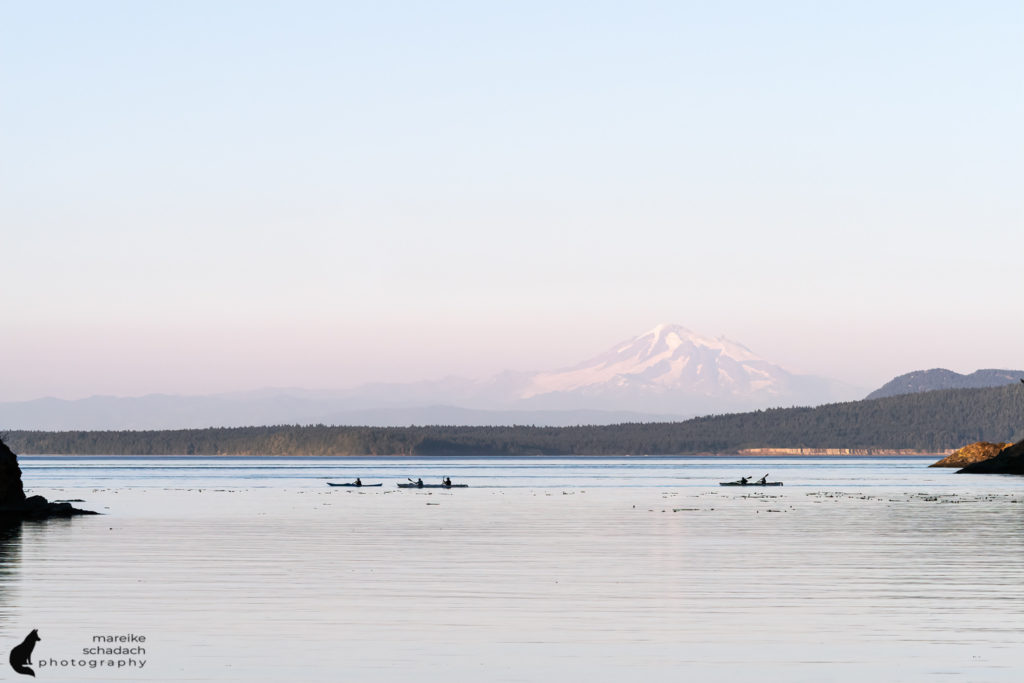Packrafting is becoming increasingly popular as an outdoor sport. More and more people are discovering a fondness for the lightweight, inflatable boats and are pushing further and further into more remote areas. But the new possibilities that packrafts offer outdoor enthusiasts mean a new set of challenges for the outdoors. In this article, you'll read how we can be nature-conscious while packrafting with a few simple methods. I will limit myself here to the points that seem particularly important to me when packrafting. These are:
There are many other important points to consider when packrafting for the good of nature, such as avoiding garbage, washing on tour, or how to do your big business outside. But that is the subject of other, separate articles.
Unauthorized, unpaid advertising. The article contains affiliate links.
Last summer I was in Sweden. As part of the Wilderness Guide Training I went with the Guide Academy Europe through the beautiful Vindelfjäll. The plan was to leave Kungsleden and hike northwest through Ammarfjäll using the packrafts. However, the weather threw a spanner in the plans and we continued our tour in the other direction instead. On the last day, we unpacked our packrafts and paddled a stretch on one of the largest and most interesting rivers in Lapland. You can see the beauty of the wild, unspoiled river landscape in the title picture. The river is the Vindelälven - and it is the reason why I wrote this article.
My examples in the article mostly refer to Sweden. The Everyman's Right that is lived here is unfortunately often seen as a right to a boundless freedom. Combined with packrafts and the resulting greater accessibility of remote areas, this is a dangerous mix for nature. Remote areas that were previously not at all on the radar in terms of boat traffic are now becoming accessible, and a new need for regulation has arisen. For example, in Sarek National Park, the oldest national park in Europe, this led the Nature Conservation Authority to completely ban watercraft in Sarek in 2013. This clearly shows how important it is to behave in a nature-friendly way, especially when packrafting.
Read more about Everyman's Right in Sweden.
The term durable surface refers to the resistance of a surface to impact. In addition to the actual resistance, it also includes the ability of vegetation to regenerate. For example, grass may be trampled flat, but in most cases, it can regenerate quickly. This is in contrast to moss, for example. The durability of a surface depends on the intensity and frequency of the impact.
Durable surfaces are: Paths, sand, gravel, stones, snow, ice, dry grass, and some vegetation.
Non-durable surfaces are: Most vegetation, wet grass, marsh, lichen, moss, biological soil crust (microecosystem of cyanobacteria, soil algae, mycelium, and hyphae of microfungi and moss).
Beware of quicksand! Quicksand is a suspension of sand in water. Although it appears reasonably solid when undisturbed, it behaves like a liquid when subjected to pressure. Since quicksand requires a lot of water, it is found almost exclusively along bodies of water.

So what about water? Is water a durable surface? It depends:
As long as we paddle in open water, we do not harm vegetation or aquatic life. Open water with a sufficient depth is considered "durable."
However, in shallow sections of water with calmer currents, we can quickly damage underwater meadows and floating leaf plant belts. Valuable habitat for plants and animals is then destroyed by erosion, agitation or trampling. At the water's edge, water lilies or other floating-leaf plants are easily damaged by boats, paddles, or propellers. The floating leaf zone can be equated with soil with vegetation and is therefore not resilient. Aquatic plants under water are often not noticed because they are hardly visible in turbid water or under the reflecting water surface. They are also easily damaged by the paddle, uprooted, or covered by churned-up mud. The greater the water depth, and the more water above the plants, the more "resilient" the water surface.
Imagine that your paddles are your feet and your boat is your butt!
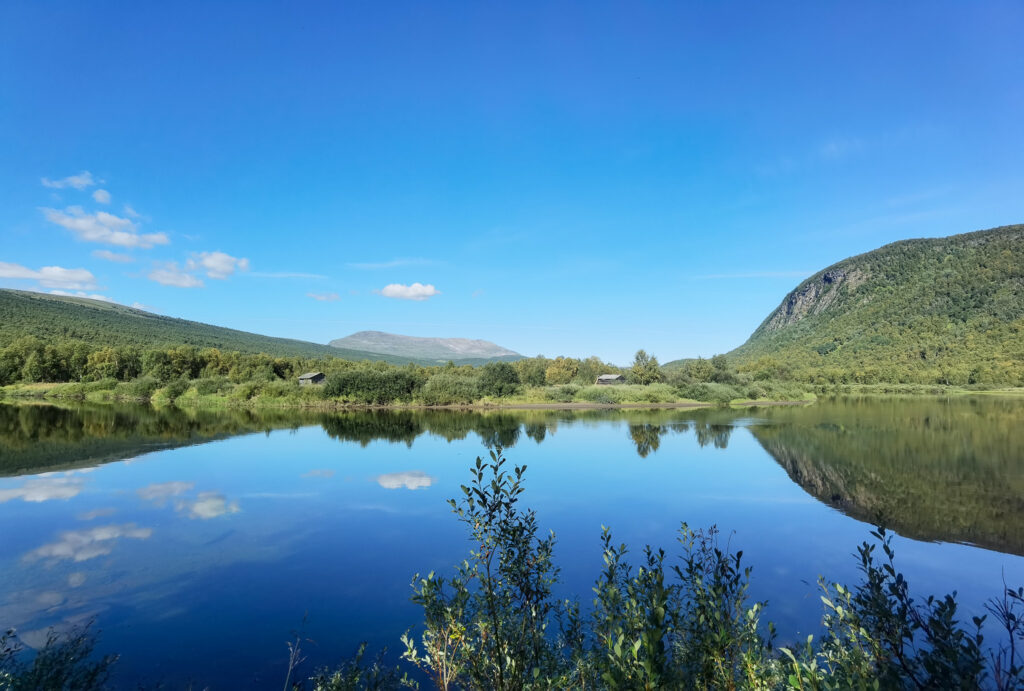
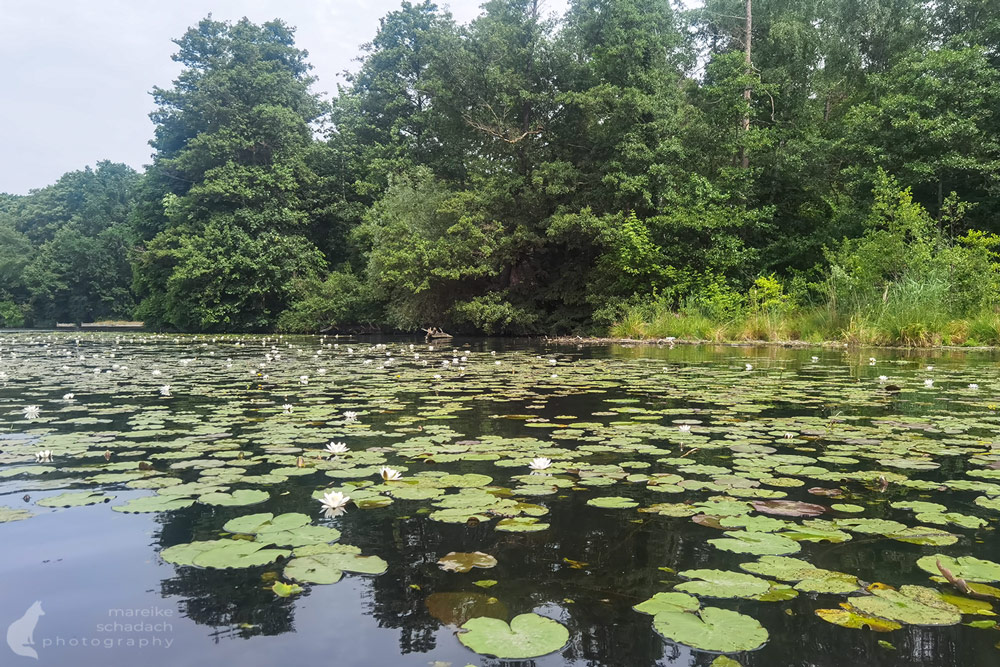

In addition to shallow water areas, riparian areas, and adjacent reed beds are particularly vulnerable during pack rafting. This transition zone is especially important for wildlife, as many birds breed here, beavers and otters have their burrows here, and waterfowl roost here.
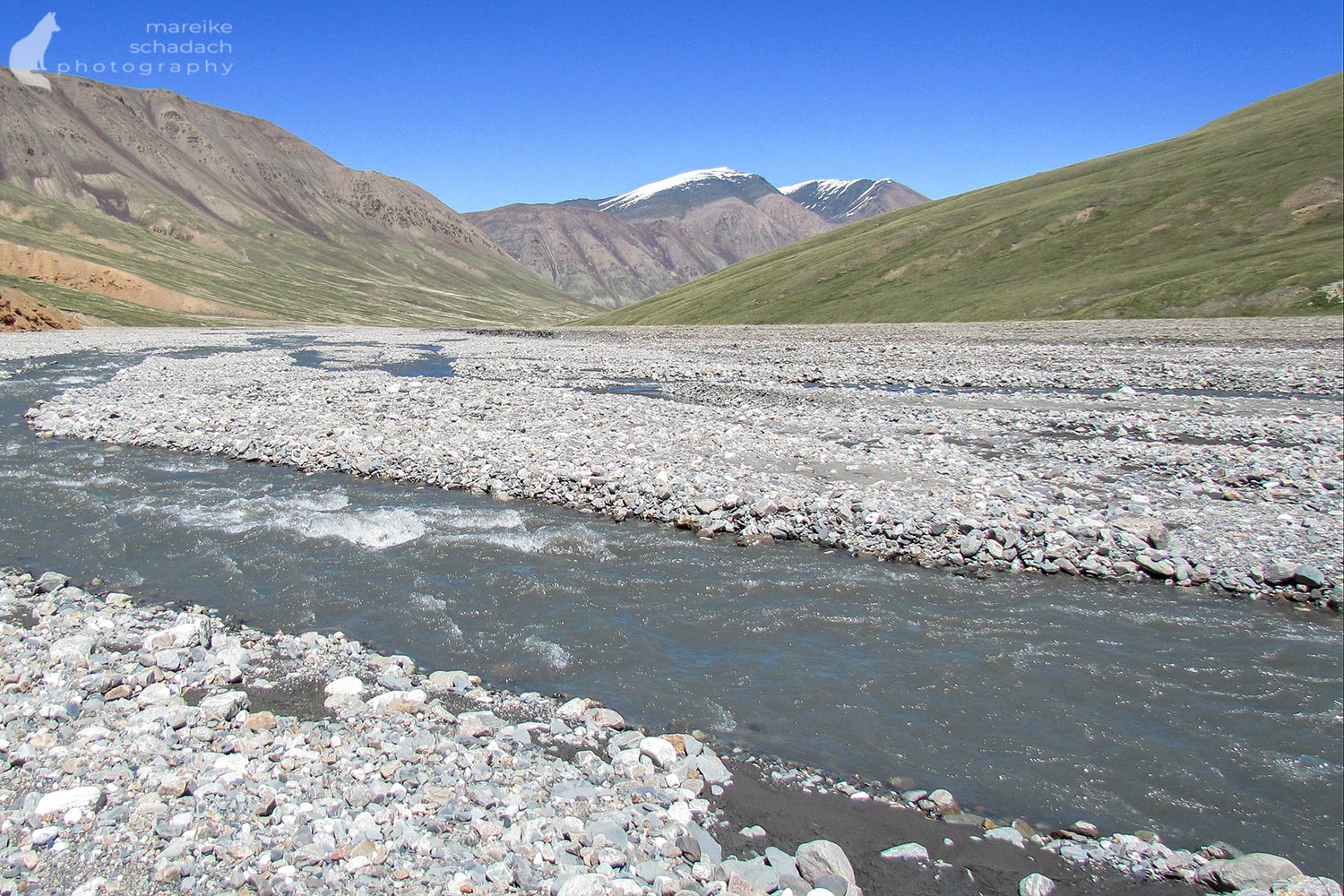
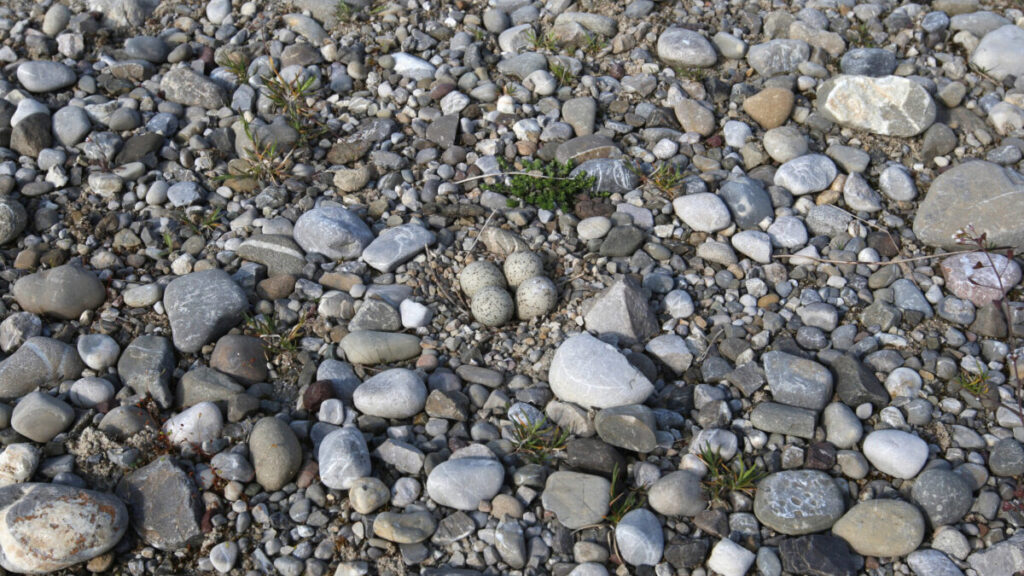
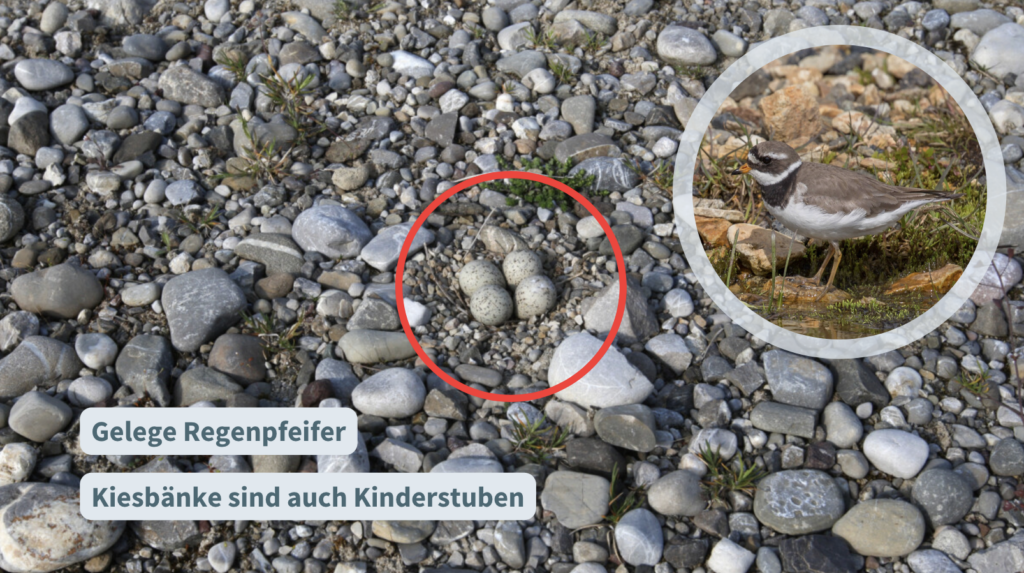
The pitfalls are in the details...even with durable surfaces. But even a perfect place for a rest deserves a second look: because it's only when you look closely that you discover the plover's clutch of eggs here on the gravel bank.
Little Ringed Plover lives in the gravel and sandy areas of rivers and river islands where it builds its nest freely on gravelly ground. With its clutch, it relies completely on its camouflage. The chicks immediately duck to the ground in case of danger and are thus hardly visible. However, by warning calls and flying up of the parents in a large arc, one can suspect the proximity of a clutch. The breeding season is from April to July.
Encounters with wild animals during a hiking or paddling tour are always something very special. All the more so if you look at them from the animal's point of view. There are several possibilities: The animal flees from humans because it feels threatened or it attacks - also because it feels threatened or suspects a juicy meal. Other animals, on the other hand, are used to humans and are not impressed or even come closer because they are curious or associate humans with food.
In order to keep the waters alive and rich in species, we have to do something - or sometimes not to do a certain thing. I distinguish between two phases: preparation before the packrafting tour and what to do on-site.
What species of animals live in the area where the paddling tour is going? Are there any rare or even dangerous animals? You don't want to be taken to the lunch table of brown bears filleting their salmon. Or annoy the moose when landing for your own lunch break. The moose will run over you and your packraft faster than you can look.
What birds live on the water and when and where do they breed? The breeding season usually lasts from March to July (northern temperate zone). Many species breed hidden in the reeds. Other species, like the Little Ringed Plover, have their nest on gravel banks. Just there, where it looks so inviting for a little rest. You'd better look twice or even three times because the plover's eggs are hard to see. Keep as much distance as possible from nests and offspring-bearing waterfowl. If a breeding bird flees the nest, the eggs can quickly cool, or the young can be separated from their parents and become easy prey.
During bird migration season, hundreds of migratory birds often roost on or near the water or adjacent wetlands. If you startle one, all the others usually follow. Keep your distance here. Paddle quietly past the birds as a united group, keeping a wide berth, and refrain from making a photo stop halfway through. That way, the disturbance won't last as long.
Just as birds have breeding seasons, amphibians and fish have their spawning seasons. Let's not forget: frogs and trout are at home here in the waters. We are only their guests.
TIP: I always use for research of the occurring animal species the Naturgucker.


Here I have compiled the spawning times and spawning locations of some fish and amphibian species. This will give you a rough idea of when and where to expect offspring. Many species hang or glue their spawn to water plants. Knowing this, it becomes clear how important it is not to stir the paddle in the underwater meadows during spawning season.
Common Toad | March-April | Spawning strings on water plants |
Pond frog | May-June | spawning balls float on the water surface |
Great crested newt | April-May | eggs in leaves of aquatic plants folded into "bags |
Pike | March-May | eggs stick to aquatic plants in weedy shallow water or floodplain meadows |
Trout | Oct-Feb; hatch April-May | Spawning pits in rocky bottoms with fast currents |
Perch | March-June | Net-like gelatinous strings on plants, branches, or stones. |
Keep your eyes and ears open!
This sounds quite ordinary at first. But it is one of the most effective and simple measures you can take to protect animals, their spawn and hatchlings. Take a look at the following picture:
The spawning cords of the common toad are easy to miss among the long, straight blades of grass, aren't they?
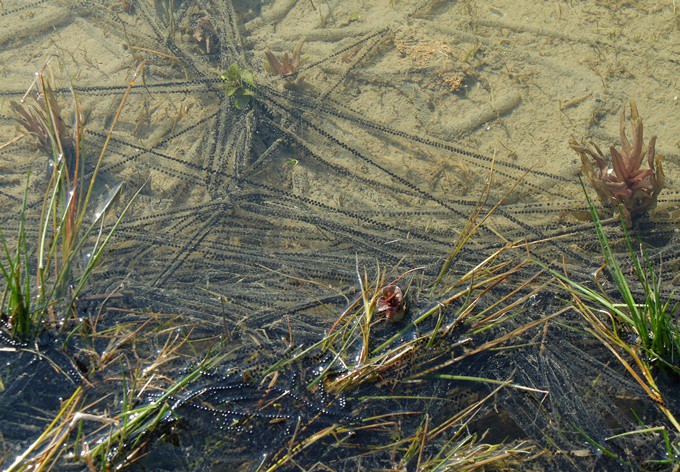
Picture: The photo of the spawning cords of the common toads was provided by Mrs. Gudrun Fuss. Many thanks!
Other measures to protect the animals during a packrafting or paddling trip are:
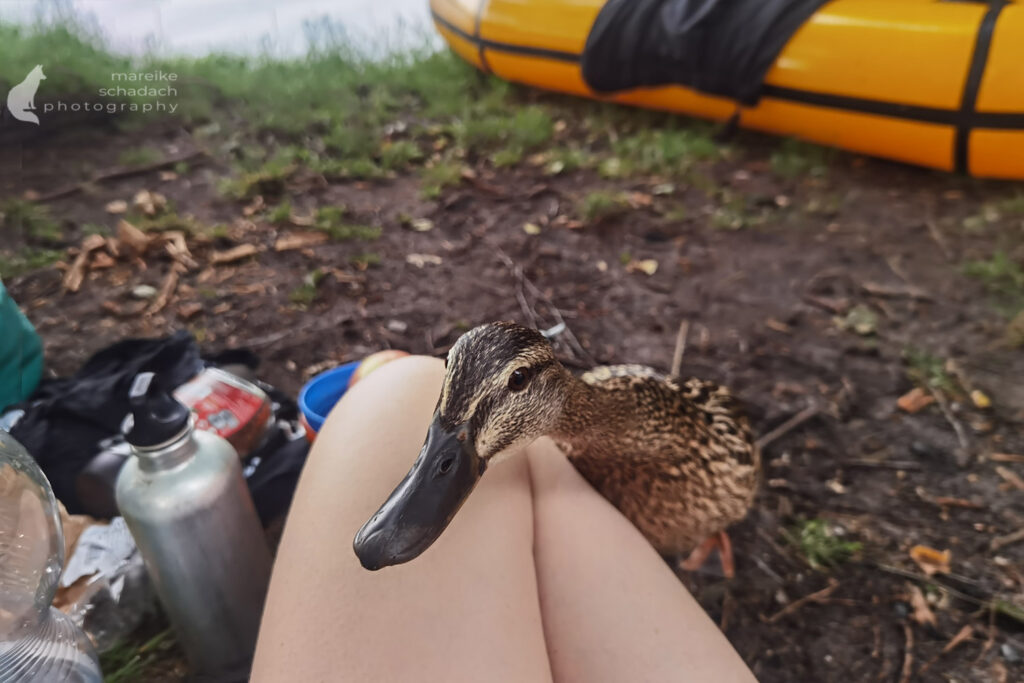
European yellow floating-heart has been planted as an ornamental plant in Sweden since the late nineteenth century. Now the yellow-flowered plant is crowding out other native plants. Its rampant growth has far-reaching consequences: It affects water flow, oxygen levels, light penetration, and nutrient cycling. This creates good conditions for mosquitoes. Other animals, however, often have to evade. In addition, boat traffic and various recreational activities are impeded. As a result, the European yellow floating-heart is controlled in Sweden as an undesirable invasive species. In Germany, on the other hand, it is classified as an endangered species and in Spain, it is even on the Red List.eeinflusst den Wasserdurchfluss, den Sauerstoffgehalt, die Lichtdurchlässigkeit und den Nährstoffkreislauf. Daraus entwickeln sich gute Bedingungen für Stechmücken. Andere Tiere müssen hingegen vielfach ausweichen. Darüber hinaus werden der Bootsverkehr sowie verschiedene Freizeitaktivitäten behindert. Das hat zur Folge, dass die Europäische Seekanne in Schweden als unerwünschte, invasive Art bekämpft wird. In Deutschland ist sie hingegen als gefährdete Art eingestuft und in Spanien steht sie sogar auf der Roten Liste.
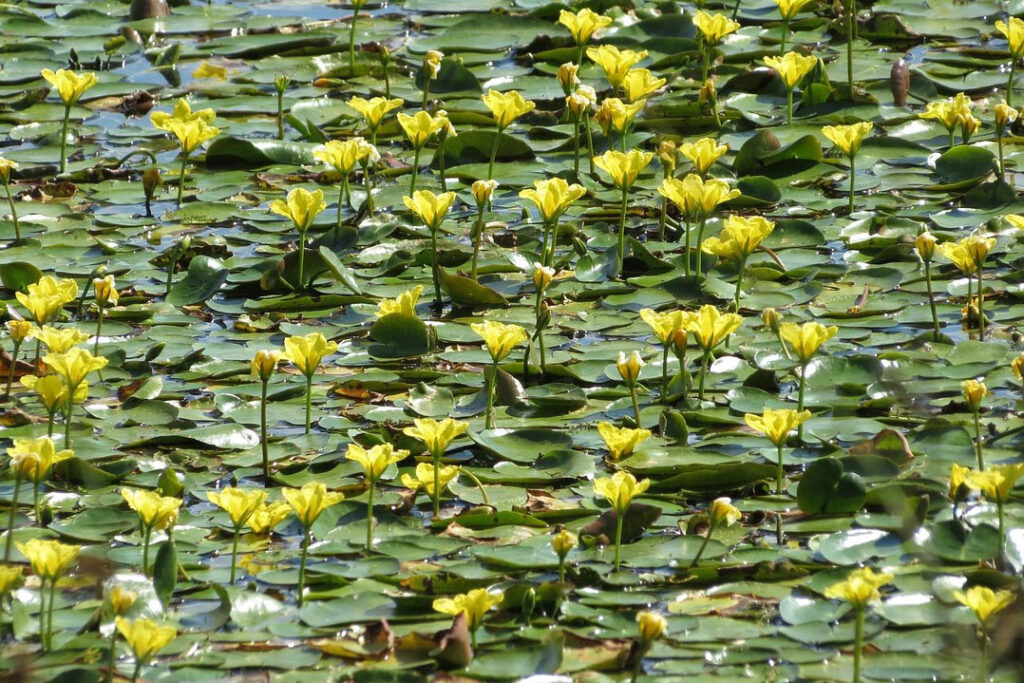
American crayfish have been introduced to Sweden to compensate for the collapsed populations of native noble crayfish caused by crayfish plague and associated financial losses. The American crayfish are immune to crayfish plague, but they can still transmit it. Hoped-for financial gains also enticed illegal releases of American crayfish. This further exacerbated the population collapse of native crayfish. During molting, the fungus that causes crayfish plague enters the water and forms spores. The spores can be transferred from one body of water to another by fishing or aquatic gear. Once the spores hit a crayfish, they take hold and the crayfish becomes sick.

Tour planning involves more than just planning the route and putting together the necessary equipment. An essential part of the preparations is researching the local rules. This includes the written as well as the unwritten rules, such as the "rules" of nature.
Apart from conservation issues, there are of course many other points to research, such as land ownership, land uses, local customs, existing infrastructure or rescue chains. But that will be another article. Landeigentum, Landnutzungen, lokale Gepflogenheiten, vorhandene Infrastruktur oder Rettungsketten. Aber das wird ein anderer Artikel.
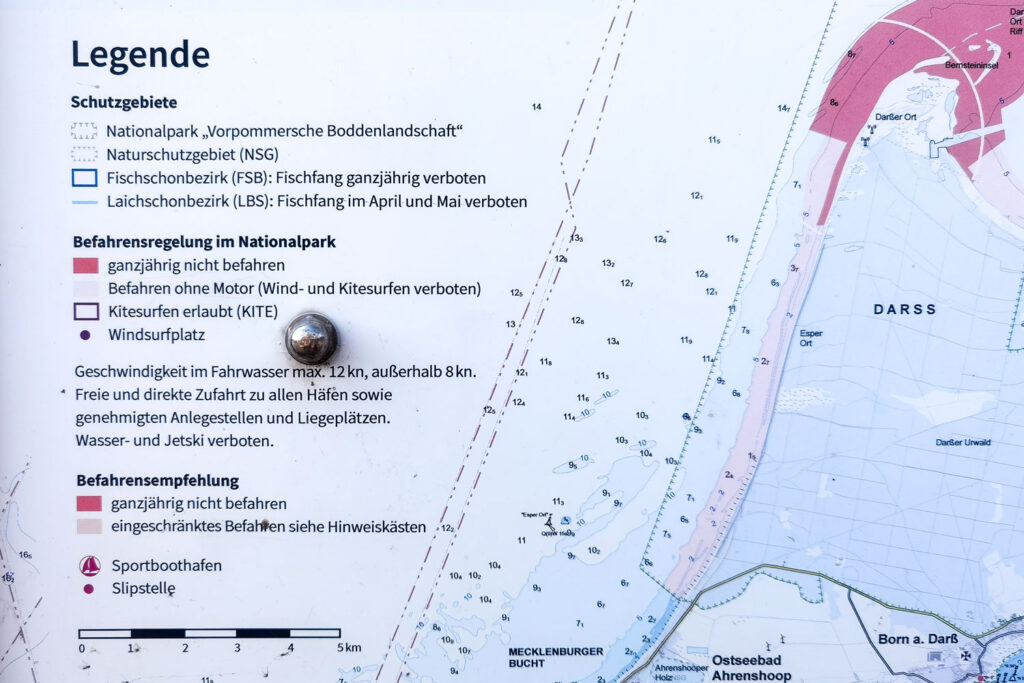
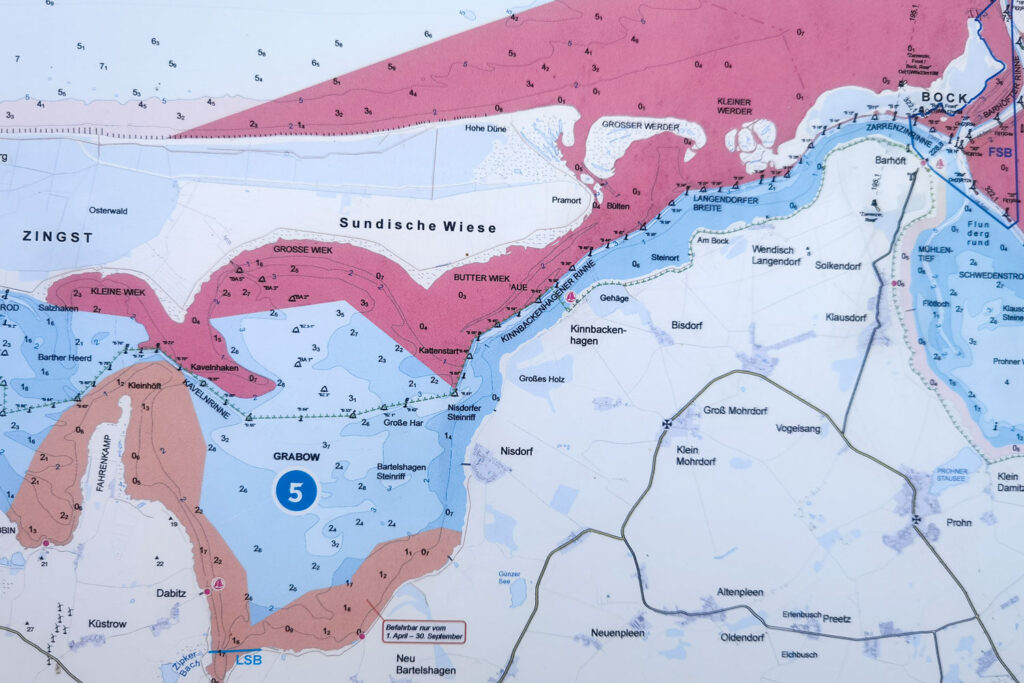
Anyone planning a tour today usually starts planning with research on the Internet. With online travel guides, maps, river guides, or travel descriptions on blogs, you can quickly get an overview. Google Earth then shows a bit more of the landscape and vegetation. Complemented by satellite images from ESRI or Sentinel Hub, it is possible to roughly estimate rapids or sections to be carried, the condition of the banks, and possible places to set up camp. The geoportal of the respective country also provides a lot of information, including protected areas.
The German Canoe Association (DKV) provides a range of documents and links for planning tours in Germany and abroad. Here you will find, among other things, links to traffic regulations and gauge services.
The websites of the tourist information or the national park authorities provide tips and information about the respective areas. Often there are links to local regulations, but sometimes only in the local language. On these websites, you will also find your first contact person if you have further questions.
TIP: Do your research and write in the local language and in English if possible. DeepL or another translator program will help you.
Another TIP: be careful with forums, blogs, and FB groups. The information is often outdated, poorly researched, or simply a collection of half-knowledge and exaggerations. In most cases, people only report about things that didn't work out, problems, and annoyances. This distorts the picture. Besides, most of the time you don't know what skills, experience, and training the writers have. What is a Sunday walk for one is a risky challenge for another. Or the other way around.
The "rules" of nature, like the weather with wind or precipitation, are not negotiable. Here there are no discussions and no compromises. Here also no AGB's help but good preparation, continuous observation, experience, and determined action. What effect will distant rain events have on the planned paddling area? How does the terrain affect runoff patterns and what are the anticipated water levels? What effect does drought or precipitation have on the route planning and safety?
What does the Weather have to do with Conservation when Packrafting?
It's simple: If you're well-informed and prepared, you'll not only have more fun on the tour, but you'll also be safer on the road. Every rescue operation that is not necessary not only helps your own well-being and that of the emergency services, but also the well-being of nature. Because those who are in trouble or helping others in need don't care whether they step on a frog, scare away migratory birds or plow through sensitive riverside vegetation.
Do you want to know more about nature and nature-friendly travel or packrafting? Then I can recommend these books* to you.
You can order these books at Amazon with a click on the pictures. If you buy a product via one of these affiliate links, I get a small commission and you help me to keep filling Fernweh-Motive with interesting articles. The product will not be more expensive for you.
Do you have any questions or suggestions about my article about nature-friendly packrafting? If so, then write me a comment! Would you like to know when there are new articles on my blog? Then follow me Facebook, Pinterest or Instagram. I would also be very happy if you share my article with your friends.
Do you like paddling as much as I do? Then you might also be interested in my articles about a Kayak tour in the Swedish archipelago or near the San Juan Islands in the Orca Kingdom..

